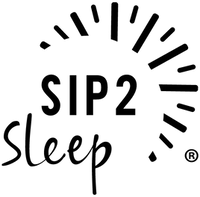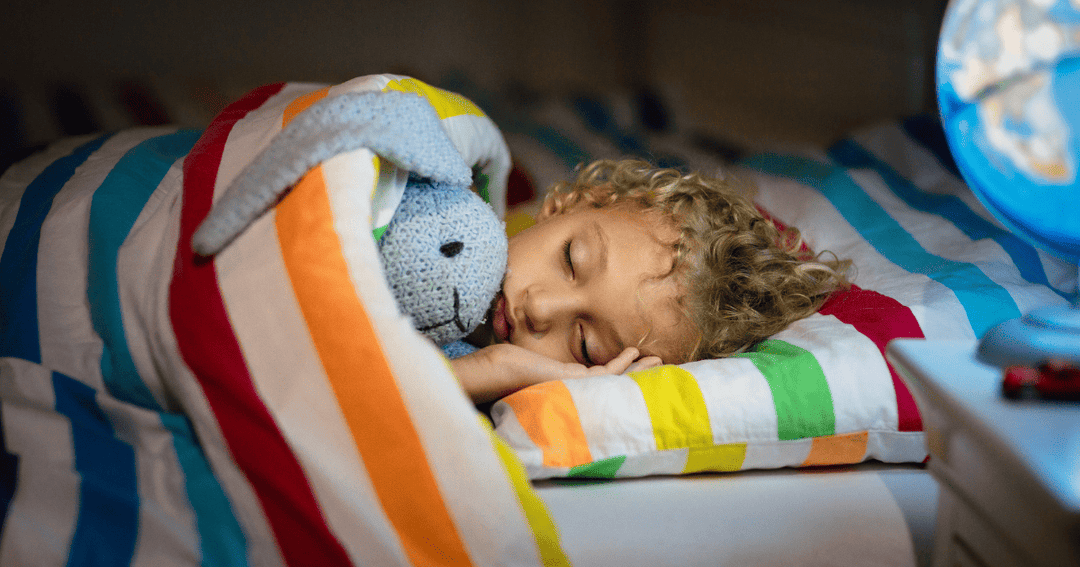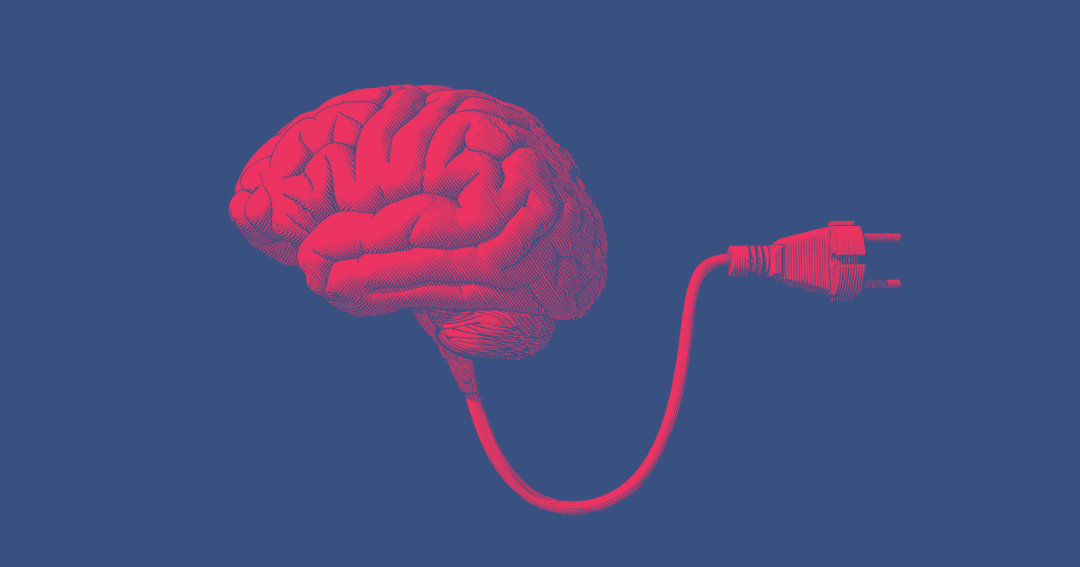Sleepmaxxing: The Viral TikTok Trend Promising Better Sleep
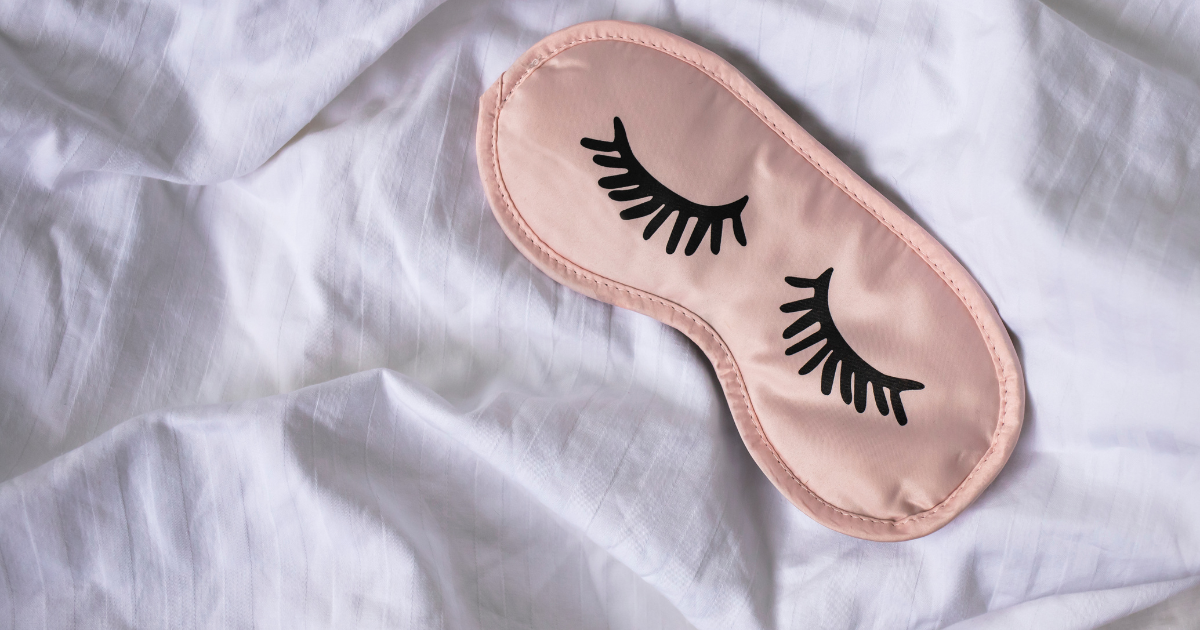
The pandemic changed every aspect of our lives and made many of us rethink our health priorities. It's not surprising that post-pandemic, some have become obsessed with "optimizing" their sleep. Social media, especially TikTok, is full of sleep hack-related trends, with #sleepmaxxing now being the focus of many videos showing all sorts of approaches aimed at helping you get the best possible and "perfect" sleep you need.
But while some aspects of sleepmaxxing may indeed lead to better rest and sleep, not every trending tip is backed by science - and some could even hinder your sleep.
What is Sleepmaxxing?
The idea behind sleepmaxxing is simple: maximize your sleep in every possible way—by adopting different techniques, mostly from the recommendations of various influencers, using a variety of products or devices, to supposedly help you get better sleep. The end goal is to achieve the best sleep possible and to wake up each morning feeling more rested, energized, and ready to take on the day.
Why is Sleepmaxxing Trending?
Several factors are fueling the sleepmaxxing craze. For one, people are increasingly recognizing the important role sleep plays in overall health and well-being. Nowadays, much more research links quality sleep to benefits like improved mood, stronger immunity, better cardiovascular health, and enhanced cognitive performance.
Younger generations, like Gen Z and Millennials, play a bigger role in contributing to the sleepmaxxing trend. Research shows these age groups place a higher value on self-care and maintaining a healthy work-life balance compared to older generations. For many young adults, that means making sleep a top priority.
Of course, social media itself is a powerful trend amplifier. With sleepmaxxing videos racking up hundreds of millions of views, it's no surprise the topic has captured the attention of TikTok users worldwide.
What Are the Benefits of Sleepmaxxing?
The idea that sleep is important isn't new - but it's a message that bears repeating. Prioritizing good sleep (which is the main goal of sleepmaxxing) is important for our overall well-being. The CDC recommends adults get at least 7 hours of sleep per night, citing wide-ranging health benefits like:
-
Stronger immune system
-
Better cardiovascular health
-
Healthier body weight and improved physical health
-
Improved mood and mental health
-
Enhanced cognitive performance and productivity
Sleep deprivation, on the other hand, has been linked to an increased risk of conditions like obesity, type 2 diabetes, cardiovascular disease, and depression. In today's modern age, it's clear that making sleep a priority is a smart move for short- and long-term health.
READ MORE: The Connection Between Inflammation and Sleep Loss
Popular Sleepmaxxing Trends: What Works and What Doesn't
Clearly, getting enough sleep is vital. While sleepmaxxing is indeed helping to re-popularize certain aspects of good sleep hygiene, it is important to approach these trends with caution. Let's take a closer look at some of the most popular sleepmaxxing trends making the rounds on TikTok and examine what the research says about their effectiveness and potential drawbacks.
Sleepy Girl Mocktail: A non-alcoholic beverage combining tart cherry juice, magnesium powder, and prebiotic soda (usually Olipop). While it may indeed have sleep-promoting potential, a 2023 systematic review found consistent associations between higher magnesium intake and better sleep in adults [1]. However, while many users report positive experiences, individual needs vary, and excessive supplementation or combining juice and prebiotic soda can cause stomach discomfort or side effects like diarrhea.
If you're intrigued by the idea of a sleep-promoting beverage but prefer a research-backed, convenient option, consider trying Sip2Sleep®—a natural sleep aid made with Tart Cherry Extract, designed to help you relax and unwind before bedtime.
READ MORE: 5 Tips for Using Sip2Sleep® Before Bed
Mouth Taping: This is exactly what it sounds like: placing tape over your mouth while sleeping to force nasal breathing. Some sleepmaxxers have gotten into mouth taping, claiming it reduces snoring and mouth breathing. While a 2022 study did find a link between mouth breathing and snoring [2], there's little direct evidence that mouth taping is a safe or effective solution. In fact, it could be particularly risky for people with undiagnosed sleep apnea.
READ MORE: Debunking Common Sleep Myths: What Really Works?
Melatonin: Melatonin supplements are often touted as a sleep aid and one of the OTC remedies often purchased for sleep problems or sleepless nights. While research does support their short-term use for issues like jet lag, it's not a long-term solution for chronic sleep problems. Many over-the-counter melatonin supplements contain much higher doses than the 0.3-5mg range typically used in clinical research, which may result in dependency and cognitive decline.
READ MORE: HealthNews Warns of Dangers of Using Too Much Melatonin
ASMR (White Noise): Autonomous Sensory Meridian Response (ASMR) has been around for years, but it's now a key part of sleepmaxxing. ASMR videos or white noise machines use whispering, tapping, or soothing sounds to trigger relaxation and reduce stress before bed. If you've seen TikTokers singing the praises of pricey white noise machines, you may be tempted to invest in one yourself. Luckily, the sleep-promoting benefits of white noise are supported by research, and you can reap them without breaking the bank. Studies show smartphone apps and simple household fans can work just as well.
Bed Rotting: The name might sound unappealing, but "bed rotting" is all about staying in bed for extended periods of time to let your body rest. While taking an occasional lazy day isn't harmful, too much bed rotting can backfire, leading to disrupted sleep cycles or even being a sign of depression. Experts suggest listening to your body—but not making a habit of excessive oversleeping.
READ MORE: Is Bed Rotting Good for Your Sleep? Here's What You Need to Know
Sleep Tracking Apps & Devices: High-tech wearable devices like the Oura Ring and Whoop Strap track sleep cycles, heart rate, and movement to analyze sleep quality. Some sleepmaxxers rely on these tools to fine-tune their sleep habits. While the accuracy of wearable devices is improving, experts warn that sleep trackers aren't always accurate and may even lead to sleep anxiety if people get too fixated on their scores. While some people may find the data useful for identifying patterns and guiding lifestyle changes, they shouldn't be relied upon for diagnosing sleep disorders. If you suspect a serious sleep issue, it's best to speak with a doctor.
Live Streaming While Sleeping: For some reason, people are now watching others sleep—live. The trend started with influencers streaming their sleepmaxxing routines, and now it's become its own niche. Some say it holds them accountable for better sleep habits, but there are no proven benefits to watching or streaming sleep. It's more entertainment than science-backed sleep improvement.
Weighted Blankets: Weighted blankets apply gentle, even pressure across the body, mimicking the feeling of being hugged. Studies suggest they can help with anxiety and insomnia [3], but they're not a cure-all. If you're a restless sleeper or tend to overheat at night, they might not be the best option.
How To Get Better Sleep
While sleepmaxxing has its interesting moments, experts agree that the fundamentals of good sleep haven't changed. For most people, getting great sleep starts with the basics. Try these science-backed tips before some trendy tips online:
-
Stick to a consistent sleep schedule, even on weekends
-
Create a cool, dark, quiet bedroom environment
-
Limit caffeine in the afternoon and alcohol before bed
-
Put away screens at least 30 minutes before bedtime
-
Get regular exercise, but avoid intense workouts close to bedtime
-
Expose yourself to natural light first thing in the morning
While they may not be trendy, these fundamentals are backed by a wealth of research showing their effectiveness in promoting healthy, restful sleep.
READ MORE: 13 Tips to Fall Asleep Faster
When Sleepmaxxing Becomes Counterproductive
Sleepmaxxing, like most other trends, is not yet backed by research and thus can also lead to several risks. Sleep experts warn that an excessive focus on sleep optimization can paradoxically lead to worsened sleep, a condition known as orthosomnia.
Signs your sleepmaxxing efforts may be counterproductive include:
-
Racing thoughts or anxiety at bedtime related to sleep performance
-
Feelings of stress or frustration about sleep tracker data
-
Losing sleep due to worries about your sleep habits
-
Neglecting other aspects of health and self-care in pursuit of perfect sleep
If you find yourself experiencing these issues, it may be time to take a step back and reevaluate your approach. Remember, the goal is to support your overall well-being, not to create a new source of stress.
READ MORE: Mental Health and Sleep
The Bottom Line
While the sleepmaxxing trend has noble intentions, not every piece of viral sleep advice is backed by solid scientific evidence. Some popular hacks, like mouth taping, may even pose health risks.
If you're struggling with sleep, your best bet is to speak with a healthcare provider. They can help identify any underlying issues and develop a personalized plan for improving your sleep.
In general, good sleep hygiene is your strongest defense against tossing and turning. Aim for consistency, limit stimulants and screens, and cultivate a restful environment. When combined with healthy daily habits like regular exercise and stress management, these science-backed strategies can make a meaningful difference in your sleep quality and overall wellness.
If you're looking for a natural way to support sleep without the risks of unproven trends, ingredients like Montmorency Tart Cherry Extract found in Sip2Sleep® can be a simple, science-backed addition to your bedtime routine.
Order your first Sip2Sleep® bottle today.
References:
-
Arab A, Rafie N, Amani R, Shirani F. The Role of Magnesium in Sleep Health: a Systematic Review of Available Literature. Biol Trace Elem Res. 2023 Jan;201(1):121-128. doi: 10.1007/s12011-022-03162-1. Epub 2022 Feb 19. PMID: 35184264.
-
Lee YC, Lu CT, Cheng WN, Li HY. The Impact of Mouth-Taping in Mouth-Breathers with Mild Obstructive Sleep Apnea: A Preliminary Study. Healthcare (Basel). 2022 Sep 13;10(9):1755. doi: 10.3390/healthcare10091755. PMID: 36141367; PMCID: PMC9498537.
-
Ekholm B, Spulber S, Adler M. A randomized controlled study of weighted chain blankets for insomnia in psychiatric disorders. J Clin Sleep Med. 2020 Sep 15;16(9):1567-1577. doi: 10.5664/jcsm.8636. PMID: 32536366; PMCID: PMC7970589.
